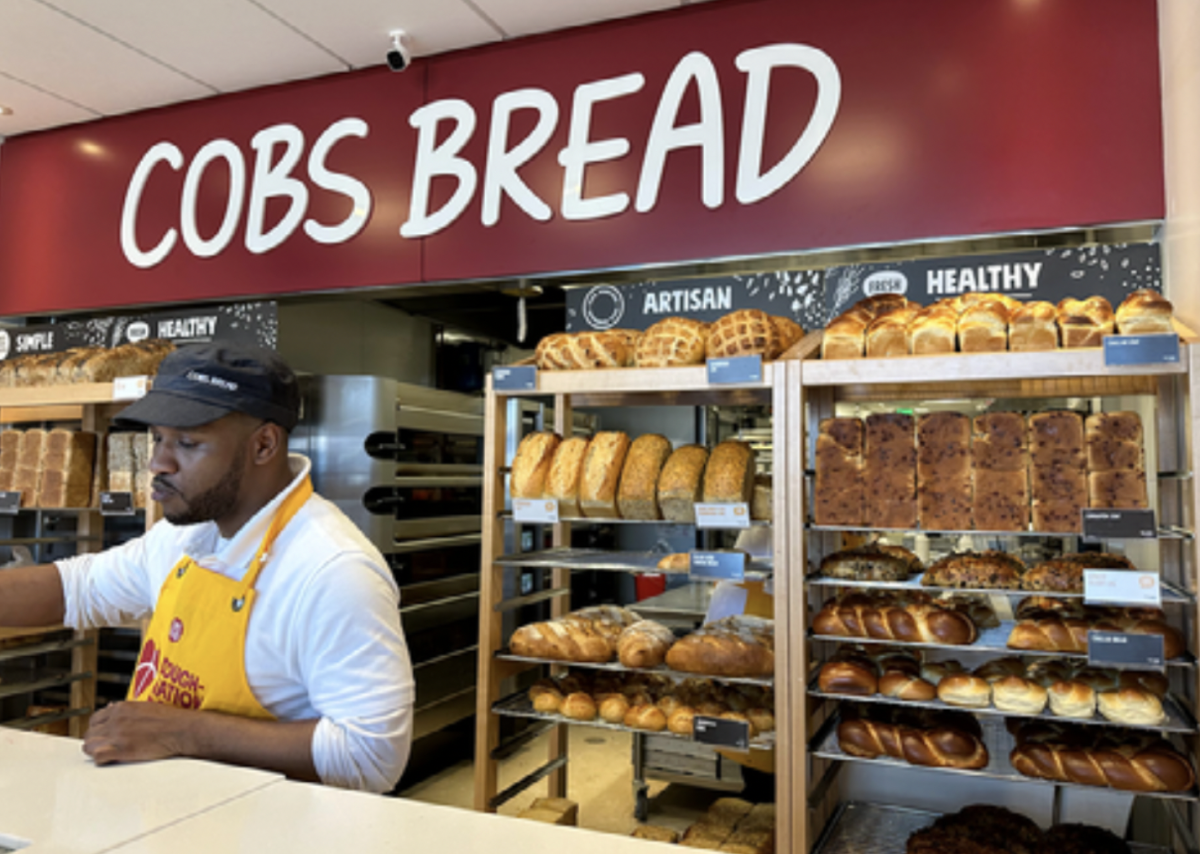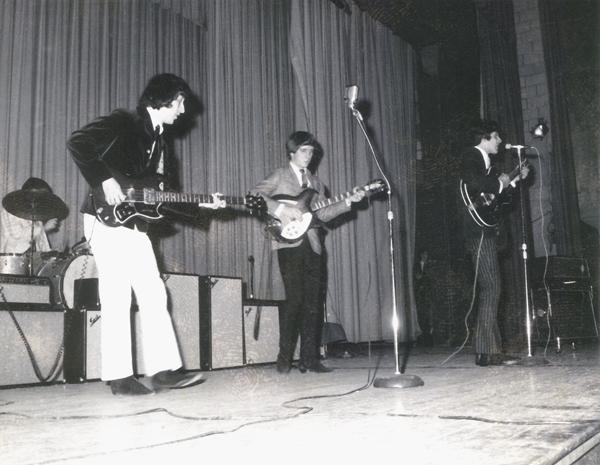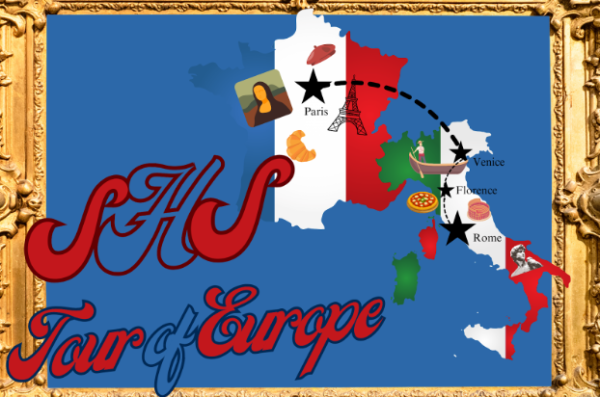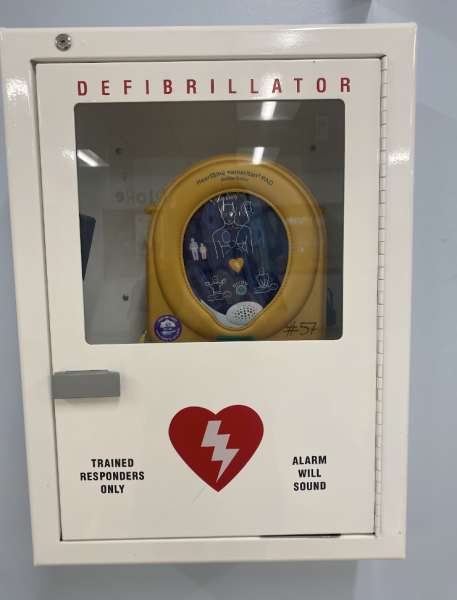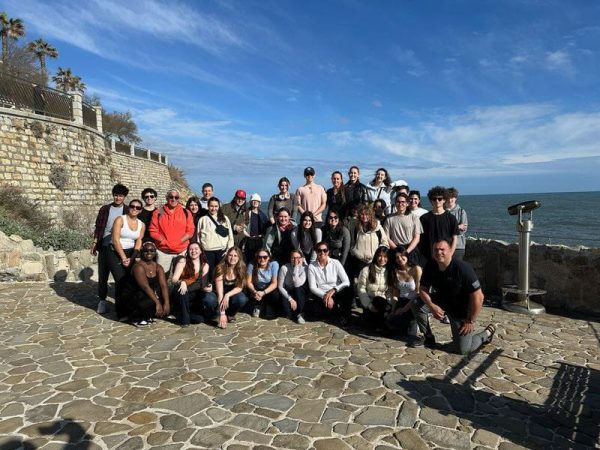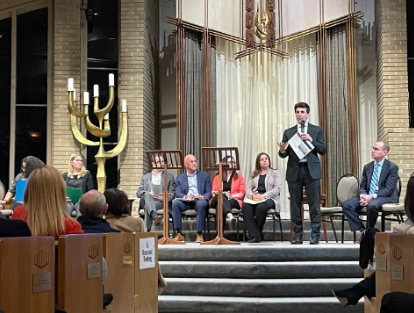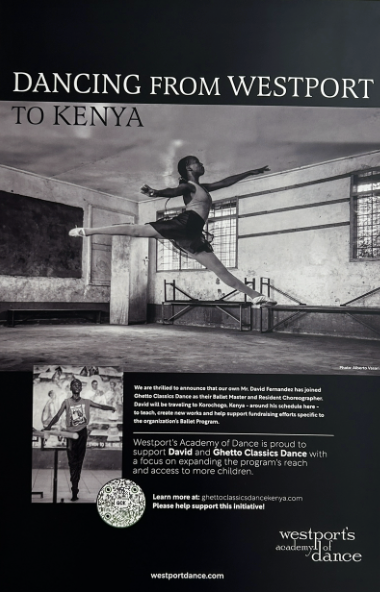Culture shock at Staples in the 60s and 70s
Media teacher Jim Honeycutt takes his usual place at the head of the table in the Media Lab, in front of the large projector screen and just under a sign that reads “On-Air,” and calls out attendance—it’s a normal day in Period 2 TV Production.
Plastered on nearly every portion of the walls of the lab are posters of all shapes, sizes and colors. These posters feature band names, WWPT radio logos and advertisements for concerts that happened 40 years ago. To the students in today’s class, these pieces of history appear to be wallpaper, but to Honeycutt it’s a colorful reminder of 20th century Westport.
Honeycutt attended Fairfield University from 1966 to 1970 and recalls Staples in the early 1960’s playing host to some of the most iconic and rock groups of the time period, including The Animals, The Yardbirds and The Young Rascals.
“I remember my roommate came and asked me if I wanted to go to Westport to see [Rock and Roll Hall of Fame Inductee and legendary guitarist] Eric Clapton on stage here at Staples High School,” Honeycutt said.
The 1960s and 70s were largely regarded as a time period for expression; music was an important part of pop culture, and Westport was a microcosm of that American culture during the time.
“There was much more political awareness and activism then; an intense focus on Vietnam War, civil rights, student rights,” head soccer coach Dan Woog said.
In a time where protest were popular in the United States, Westport, a small town about 50 miles outside of New York City, became a hotbed for political demonstrations.
“Political rallies were frequent,” Woog said. “[There were] sit-ins to protest Vietnam, with a couple of marches to downtown [and] teach-ins after Martin Luther King’s assassination.”
The prevalence of political ideals eventually led to the formation of the Staples’ Governing Board, an organization in which students, teachers, administrators and parents shared the majority of the power of being principal.
It also wasn’t uncommon to feel a drop of rain on your neck while traveling from class to class. Due to the California-style architecture, a trip from math to English meant students had to walk outside to reach that period’s class.
“Students and staff saw each other all the time,” Woog said. “There was not the departmentalization that we have now with a vertical school.”
The 1960s and 70s were a period for protest, freedom and expression in the United States, and nowhere was this more prevalent than on 70 North Avenue.

Cooper Boardman’s ’17 love for baseball started before he was even born. His mother
attended the 1998 World Series where the New York Yankees played...


































